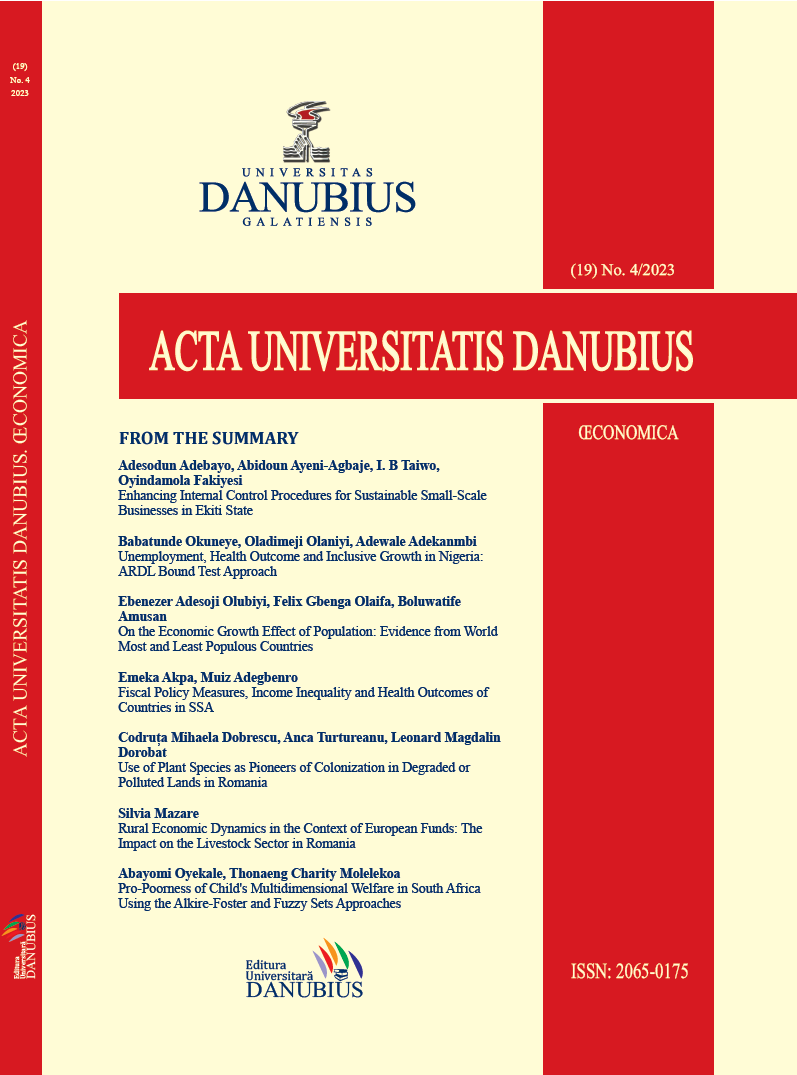Use of Plant Species as Pioneers of Colonization in Degraded or Polluted Lands in Romania
Keywords:
pioneers plant; polluted soils; degraded lands; ecological reconstructionAbstract
The use of certain plant species as pioneers in the colonization of degraded or polluted lands in Romania has great potential. These resilient species play a crucial role in restoring ecological balance and promoting sustainable development. Salix alba has proven effective in stabilizing the soil, preventing the erosion of the soil and the banks of flowing waters and improving water quality. Its extensive root system helps absorb excess nutrients and contaminants from the soil, thus reducing pollution levels. Another valuable pioneer plant is Robinia pseudoacacia, which has a high tolerance to harsh environmental conditions and can thrive in polluted areas. Its nitrogen-fixing properties contribute to enriching the soil, making it suitable for the growth of other plant species, it has economic value as a melliferous species and provides habitat for various invertebrate or vertebrate species, thus supporting biodiversity. In the case of heavily degraded areas, it can be advantageous to use pioneer herbaceous plants such as Festuca arundinacea or Agropyron repens. These herbaceous species have deep root systems that help stabilize the soil, prevent erosion, and increase soil fertility. Moreover, they can tolerate unfavorable soil conditions, i.e., polluted, compacted soil, soil with little humus, and harsher, drier microclimates. The concept of using a pioneer plant species for land rehabilitation and restoration can be a cheaper method for ecological reconstruction. By selecting and implementing the use of these plant species, we can gradually recover degraded lands, restore biodiversity, and create sustainable ecosystems. However, the success of such initiatives depends on long-term interdisciplinary planning, monitoring, and management to ensure the desired results, sometimes taking decades to reach stable, self-sustaining ecosystems. Through their resilience and ecological benefits, these plants contribute to the revitalization of ecosystems and to the promotion of environmental sustainability, to the economic recovery of lands that would otherwise be useless and would continue to be a source of pollution.
References
.
Downloads
Published
How to Cite
Issue
Section
License
Copyright (c) 2023 Codruța Mihaela Dobrescu, Anca Turtureanu, Leonard Magdalin Dorobat

This work is licensed under a Creative Commons Attribution-NonCommercial 4.0 International License.
The author fully assumes the content originality and the holograph signature makes him responsible in case of trial.


